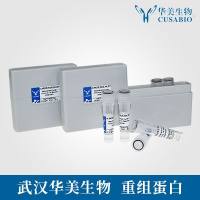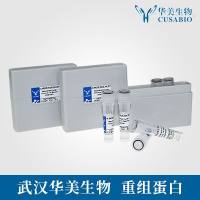Assessing the Neuroprotective Effect of Antioxidative Food Factors by Application of Lipid-Derived Dopamine Modification Adducts
互联网
互联网
相关产品推荐

Zbp1/Zbp1蛋白Recombinant Mouse Z-DNA-binding protein 1 (Zbp1)重组蛋白DNA-dependent activator of IFN-regulatory factors;DAI;Tumor stroma and activated macrophage protein DLM-1蛋白
¥1836

Column Guanine Adducts 4.6mm x 150mm 3um
询价

食品中亚硝酸盐含量检测试剂盒,用于对样本中Nitrite含量检测,Food Nitrite Assay Kit
¥298

Recombinant-Arabidopsis-thaliana-Lipid-phosphate-phosphatase-2LPP2Lipid phosphate phosphatase 2; AtLPP2 EC= 3.1.3.- Alternative name(s): Phosphatidic acid phosphatase 2; AtPAP2 Prenyl diphosphate phosphatase
¥11354

Dopamine Transporter/DAT 多克隆抗体 22524-1-AP
¥1350
相关问答
推荐阅读
Assessing the Neuroprotective Effect of Antioxidant Food Factors by Application of Lipid-Derived Dopamine Modification Adducts
Neuroprotective Effect of Naloxone in Inflammation-Mediated Dopaminergic Neurodegeneration: Dissociation from the Involvement of Opioid Receptors
Modeling the Effect of Susceptibility Factors (HLA and PTPN22) in Rheumatoid Arthritis

